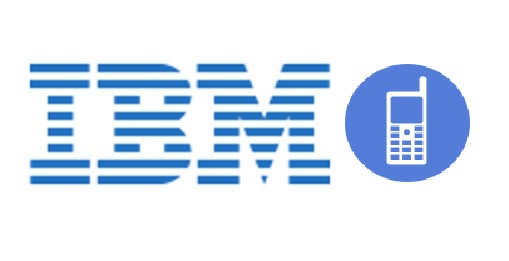 Mhealth technology trends
Mhealth technology trends
Consumers in growing numbers are tying their healthcare to internet and mobile devices, bring mhealth and mobile commerce closer and closer together. More often than not, patients have already looked up their symptoms online long before they land in a waiting room or even an emergency room.
Google it first
Google, Bing, and other searches are fast becoming part of medical care for patients. Looking online at sites like WebMD is a lot faster than making an appointment and sitting in a waiting room for an hour waiting to see a real doctor. A study by DC Interactive Group and Demi & Cooper Advertising surveyed 18-24 year-olds about healthcare information. A whopping 90% stated that they believe in information found on web sites and through social media about medical conditions.
Anyone with a computer can post medical advice online, which is hugely dangerous, but there are credible sites out there. WebMD is one of them. Some have real doctors and nurses answering health care concerns for users, some on a paid basis. Other than information about symptoms and what they may mean, users also post reviews of doctors and medical institutions online, all available for anyone searching to find and read.
mhealth and mobile commerce
Doctors and medical facilities have a decent presence on social media. More than half of doctors surveyed believe that this actually helps to improve patient care. The downfall is that doctors have privacy laws that they must follow so they must be careful about how they address concerns and questions on social media. In a way, this can mean revenue through mobile means – mhealth mobile commerce – but can also be very limiting about how specifics are addressed.
Most doctors and nurses would agree that going on the internet to get medical advice is not the best option. An in-person visit is always essential, especially when a condition could be serious. However, some medical advice online can be useful and some mobile commerce tools can also help save likes. Apps that record when a patient takes medication or emails caretakers when medication has been skipped can go a long ways towards saving lives and upgrading quality of life for patients.
 IBM data shows that the companies that stand to benefit the most are not taking advantage of the opportunity.
IBM data shows that the companies that stand to benefit the most are not taking advantage of the opportunity.
According to data from IBM, manufacturers and retailers could take advantage of tremendous opportunities being offered by m-commerce, but are not prepared to do so to its fullest extent.
These organizations are not adequately positioned for effective movements within this environment.
According to IBM global electronics leader for global business services, Paul Brody, “I don’t think that either of them is well positioned to have a leadership position in the pocket of the consumer.” He expressed this opinion at the Consumer Electronics Show (CES) this year. He gave the m-commerce example of Square, which is a technology provider that allows consumers to make mobile payments at stores using their smartphones. This would allow for a hands free transaction.
For m-commerce this is the “prototype for the always-on, zero user-interface experience,” said Brody.
He took the mobile payments example to the next level by saying “Now imagine this technology for comparison shopping,” and added that “You are in the grocery store and they send you a message saying, ‘Why don’t you grab that roll of toilet paper because it is cheaper than anywhere else.’ I’m not sure that the retailers and typical OEMs have the technology and experience to focus on mobile vehicles to do that.”
According to another speaker at CES, the interactive marketing firm, SapientNitro’s chief experience officer, Donald Chestnut, explained that the behaviors consumers while both online and in-store is quite different from the way that they shop when they are sitting at their home computers.
He elaborated by pointing out that there are big box retailers that are now looking into this behavior and that are making efforts to leverage it by providing their associates with iPads so that customers within the store will be able to gain more information from the employees.
A recent m-commerce survey conducted by SapientNitro and GfK Roper showed that 70 percent of American retailers would like to be able to boost their shopping experience in-store. That said, when smartphone owning consumers were asked what they wanted, their response was that they would like more mobile friendly store flyers, to have downloadable in-store navigation apps, and the ability to use their devices for making payments.
 Mhealth technology trends
Mhealth technology trends
 IBM data shows that the companies that stand to benefit the most are not taking advantage of the opportunity.
IBM data shows that the companies that stand to benefit the most are not taking advantage of the opportunity.